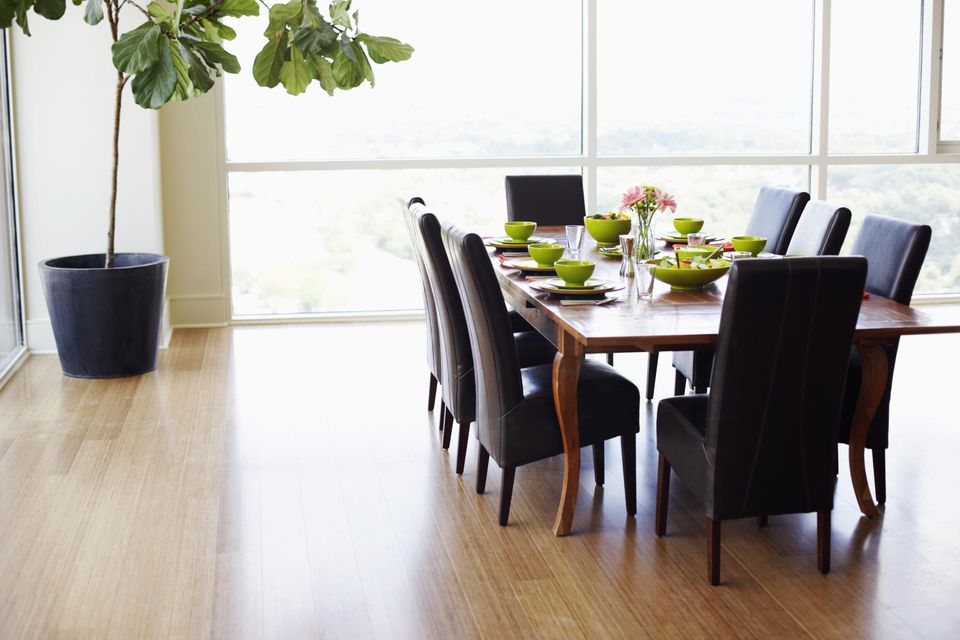What exactly is laminate flooring and what makes it the best choice for you?
Laminate flooring has evolved into a very competitive alternative to hardwood or stone floors. It is a composite of several different layers fused together. The best laminate flooring will have a thick, hard wearing protective top layer, 3 to 4 further inner core layers for structural stability and a quality click-lock system for easy installation.
Let’s look into more advantages of laminate floors.
Barely distinguishable from the real thing! – Top laminate floors replicate the look and feel of wood or stone.
Infinite variety of design – Photographic and printing techniques make it possible to recreate just about every kind of flooring surface imaginable.
Cost – The cost of producing it and thus the retail price is significantly cheaper than authentic hardwoods or stone products.
Eco-Friendly – Laminates are mostly made in the home country of sale, it provide a lower carbon-footprint than the farming, harvesting and transportation of hardwoods or stone flooring. Plus many manufacturers use recycled wood products for the MDF layer.
Easy installation and removal – Laminate floors come with “click-lock” a system that simplifies the installation of laminate boards (as a floating floor) over a subfloor, and thanks to it laminate flooring it is one of the easiest floors to remove when it needs to.
Durable and resistant – Laminates are perfect for high traffic areas and can even be installed in moist areas like bathrooms (the waterproof kind).
Easy clean and maintenance – Laminate flooring is easy to clean: simple vacuum or sweep and then run a barely damp mop over it, no annual maintenance projects required!
Cons of Laminate Flooring
It’s not real! – That’s the number one reason that puts some people off laminate. Lower perceived value – Because it is lower in cost and not authentic, laminate is not seen as a premium product.
Cannot be refinished – If it gets badly damaged you cannot simply sand it back. It must be replaced.
Hard, noisy and slippery! – Laminate floors have a harder feel than real hardwood. It makes them inefficient at absorbing sound. Also, beware because this floor can be a bit slippery!
So What Makes a Great Laminate Floor?
A laminate with a varied pattern makes easy to create a more varied and natural look to your floor as you lay it. The best laminate flooring manufacturers have kept up with all the latest design trends to ensure their products stay relevant to today’s market.
The biggest trends are:
Bigger planks Trying to replicate trends in real hardwood flooring there are now longer and wider planks too.
High gloss finishes – laminate flooring paired with refined minimalist interiors can offer a very chic high-end look, even on a budget.
Laminate your walls! – Yes, you read that right! If done right, adding the same wood look laminate flooring from your floor onto a key accent wall can look spectacular.
Consider where it’s going – High traffic areas may need laminates with superior wear layers, and basement or bathrooms may need specific underlayment to deal with potential moisture.
Don’t forget the underlayment! – Specially if you are planning to use laminate in the bathroom or with under floor heating.
DIY- friendly? – Laminate flooring is one of the more DIY-friendly flooring options, There are tons of how-to guides and videos online.
Why not find out how much you could save yourself by getting a free quote for laminate floor installation from local contractors?
Other laminate flooring options – There are other green alternatives to consider like bamboo, eucalyptus and cork floors. These floors are created using similar fusing technologies as those used to create laminates.





